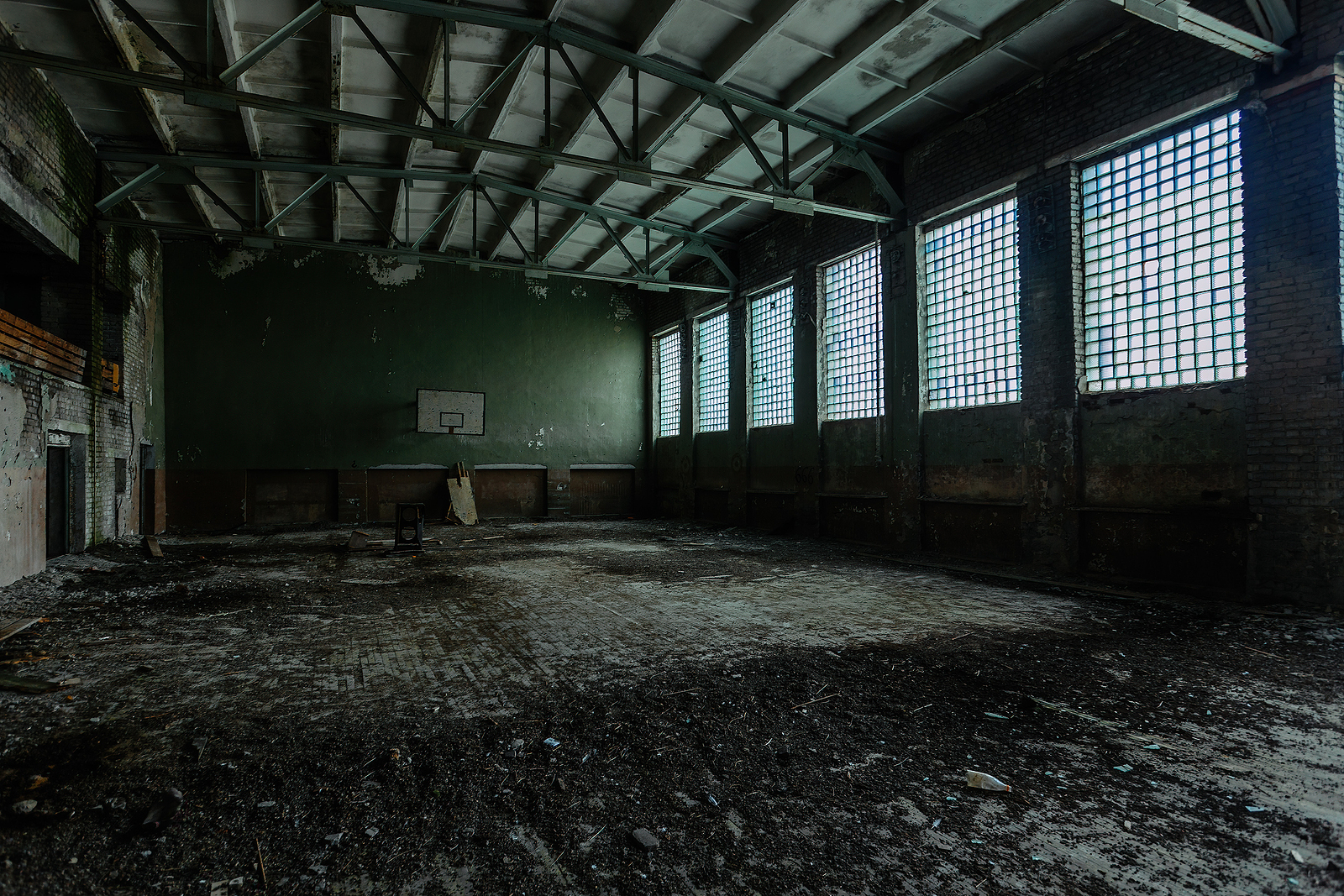Many communities are faced with abandoned school buildings as local school districts build new facilities or relocate schools. Outsiders may see the loss of a school building simply as a “lagging indicator” of economic activity or lack thereof, but to city officials and community members dealing with the loss of a school it can be an extremely emotional experience where nostalgic feelings can trump rational decision making.
There is no doubt that cities have the opportunity to take over these structures and repurpose them for continued economic and social benefit to the community, but there is also the opportunity to take on more responsibility than bargained for. Before making any commitments, city officials should carefully consider the future use of the building, budget impact, ongoing maintenance needs and much more.
Purpose
City officials should first determine what city purpose the former school building could be used for. Some cities have utilized school buildings to upgrade their municipal building by moving city hall or other city functions, like parks and recreation or public works, which had previously been housed elsewhere.
Another area that has provided positive examples is the utilization of school facilities in economic development projects. These projects have varied from office functions, multi-family housing or sometimes a mixture. If the city wishes to repurpose a school building for economic development, it must analyze whether this type of project is viable in their community, because many of the same reasons for closing a school are the same hindrances to the development of a successful economic development project. Access to transportation systems, quality labor force, high speed Internet, adequate utility and energy resources and more come into play for a successful project. For any of these economic development options, a real assessment, potentially by an outside expert, needs to be done to provide the potential for success of the project. This can include analyzing whether multi-family housing is right for your community or whether there is the likelihood of attracting a business that would occupy the structure. Some of the most successful projects have included a partnership between the city and other entities such as the chamber of commerce or local economic development corporation.
While some cities have found success in repurposing shuttered schools, others have charged into a decision with a “we’ll figure it out later” mentality which is usually driven by the community’s desire to keep the school building open. It is important to understand that this decision could have a significant impact to a city’s finances and it is wise to try to remove the emotions of the situation. By considering potential purposes for an abandoned school building, decision makers will be able to balance the wishes of the community and the capability of the city government.
Cost
The other major question to consider is “what initial and ongoing costs will the city incur by taking on this building?” These costs might not all be easy to ascertain from a simple walk through of the structure. In certain cases the building and property may be donated to the city, but the initial cost is only part of the picture.
In determining the full cost the city should at least review the budgeted operational costs the school has spent over the previous five years, and also hire a licensed building inspector who can make an accurate assessment of the work that needs to be completed to fix maintenance issues or retrofit the facility for the use proposed by the city. An inspector can make a calculation of the costs for potential problems to the overall structure and to major costs that many of these buildings have, such as new windows or roof maintenance.
The city should also determine the quality and age of the heating and cooling system. Overhaul of these systems can have a large price tag, which the city might be willing to undertake, but should be considered when making your decision. The city should also decide whether there are appropriate utilities to the structure to support the proposed use. Water and sewer can be overlooked when making an assessment for an economic development project, and for those projects with a commercial purpose high speed broadband access is also necessary.
Environmental issues can be the most costly issues involved in these structures and cannot necessarily be seen in an initial inspection. The city should consider finding a consultant to make an assessment of the environmental issues on the property. The cost for remediation or removal of formaldehyde, lead and especially asbestos can far outstrip any benefit from the structure. If the city determines that they wish to take on a shuttered school, they should at a minimum negotiate the remediation of any environmental hazards.
Finally, the city must also consider whether they wish to take on the liability of an additional property. If the city plans to take possession and use the building for city purposes, it will need to properly insure it like any other facility.
Questions to Consider for Managing an Abandoned School
- What will the city utilize the structure and/or property for?
- Will the city relocate municipal functions or operations?
- Will the city create an economic development opportunity out of the property?
- Is this for a commercial business that is viable in your community?
- Is the plan to develop multi-family housing, and has the city made an analysis of whether there is a need for this type of housing?
- Do you have partners you could work with to contribute to the project and spread the risk? (i.e. chamber of commerce or economic development corporation)
- Does your proposed purpose require the whole structure or just a portion?
- Have you made an assessment of anticipated expenses in retrofitting the facility?
- Have you calculated the ongoing expenses for utilities and maintenance?
- Should you hire an inspector to make an assessment of the overall structure including windows, roof and heating/cooling system?
- Does the facility have the appropriate utility service to support your proposed use including water, sewer, electric and telecommunications?
- Should you hire an environmental expert to analyze the potential environmental hazards associated with the property? (i.e. asbestos, formaldehyde and lead)
- Is your city willing to take on the liability risk of the property or should there be certain measures taken to limit that potential liability?






